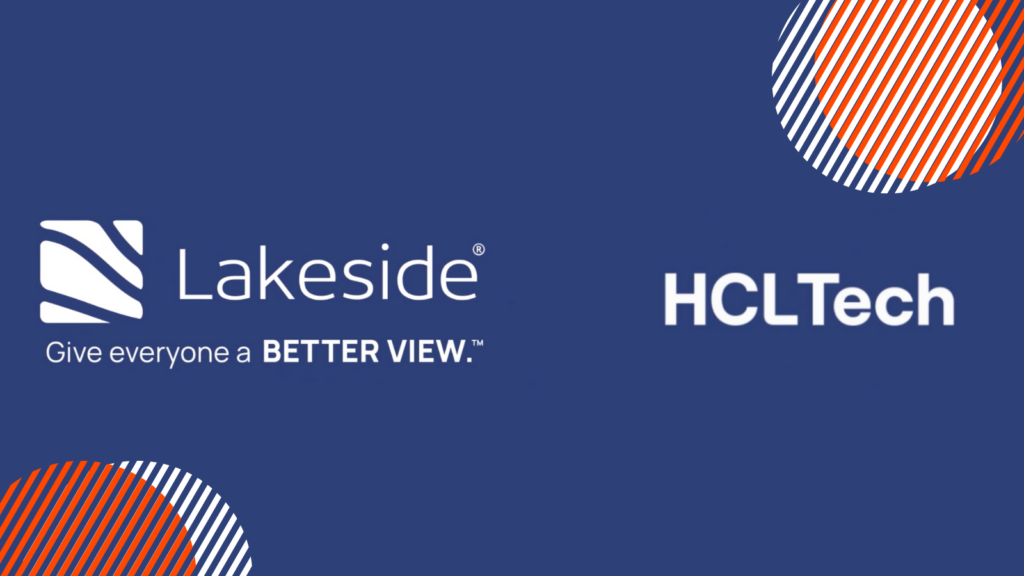
Everyone has been talking about ChatGPT since Open AI rolled out that very public interface at the end of 2022. It certainly caught the attention of every type of enterprise in every industry. Today, we’re all trying hard to tackle these shiny tools to make them useful for specific use cases.
One of the fundamental problems with generic large language models (LLMs) behind tools such as ChatGPT, however, is that they are trained on general knowledge from the internet. As a result, so much is lost in what these tools can be built for when addressing specific challenges in certain industries, including the field of IT.
Fortunately, there is a way to develop or integrate AI models to make them relevant for IT. I had the good fortune of recently joining David Scott Smith, Capgemini’s Lead Architect for End User Services Domain, to discuss “AI and the Future of End User Computing.”
In my world of IT data intelligence, we know that everything begins with strong data because only well-structured data can drive the business value of AI for IT. To go beyond the more surface-level generative AI use cases that have popped up left and right, purpose-built AI must be trained on contextual data to train LLMs that can empower IT teams to shift from reactive IT to proactive IT. Indeed, by injecting more data and more context (with human-in-the-loop contributions) into existing generative AI models, we can make them more useful for IT.
At Lakeside Software, we call this AI that speaks IT™.
What’s the Best Data to Train AI for IT?
AI purpose built for IT must look to endpoint data as its goldmine. That’s because every endpoint yields valuable data that’s specific to the environment, enabling the model to output trustworthy and relevant results.
For the specialized use case of pivoting to proactive IT, resolving IT tickets faster is the name of the game. The Lakeside SysTrack platform collects more than 10,000 data points every 15 seconds from every endpoint across an enterprise and matches that data to data on how to resolve IT issues. Our AI eliminates the common “swivel” problem of having to conduct research from multiple sources to work through a ticket. As we announced at the Gartner® Digital Workplace Summit, the Lakeside SysTrack Intelligence Package introduces natural language query, Intelligent Support, and anomaly detection into the proactive IT toolkit.
Our robust dataset and embedded AI engine move IT teams up the maturity curve to proactive, predictive IT. The well-structured data feeding the model respresents both real-time data and data over time (up to three years), so it can spot historical trends over a broad span. Because Lakeside data is extremely well structured, it gets us out of the AI gate faster.
But AI that speaks IT is not just about being able to solve IT issues faster; it’s also about giving IT team members a little digital buddy to help them with root cause analysis and resolution. This AI assistance transforms the help desk’s ability to respond to an issue affecting hundreds or even thousands of endpoints across the digital estate. That’s where the true value of AI built for IT really shines.
What really excites me most about the SysTrack Intelligence Package is that the impact across industries is significant. In addition to ensuring a sound end-user digital experience among knowledge workers, AI trained for IT can protect uptime for frontline workers, in turn saving enterprises from the hefty cost of downtime. Think of rugged mobile devices on a factory floor or warehouse; digital kiosks and scanners at airports; mobile digital carts in hospitals and other healthcare settings. With AI, IT teams can see brewing endpoint issues before they surface, saving time, headaches, money, and more.
Make AI Part of Your IT Strategy
When you’re thinking about your IT strategy, AI needs to be a part of it. This approach is going to be extremely important moving forward—not just from an operational efficiencies standpoint but also to propel the business forward. Without question, AI, with the right dataset, can be a great IT accelerator for End User Computing.

Subscribe to the Lakeside Newsletter
Receive platform tips, release updates, news and more



